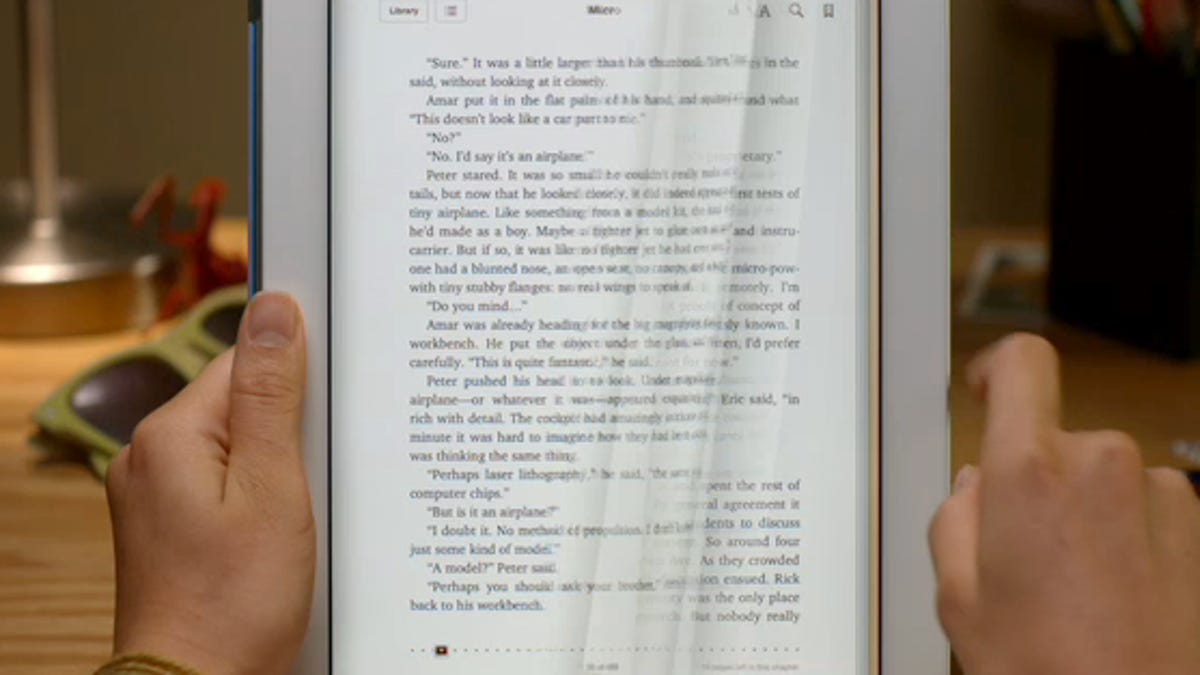Apple granted design patent for turning pages
The company has nabbed a patent that covers the design of flipping pages on a virtual screen.

Since the announced departure of Apple iOS chief Scott Forstall, much has been written about skeuomorphism -- the practice of designing things to look like their real-world counterparts. Apple has made a heavy practice of it in its software, and now the company has another part of that experience patented in the U.S.
The U.S. Patent and Trademark Office this week granted a rather noteworthy design patent for the digital equivalent of the page turn (PDF), that time-honored tradition of flipping pages while looking through a book, a magazine, or other stack of bound paper.
Apple filed for the patent, which was spotted earlier this week by The Register, on December 19, 2011. That's well after the release of Apple's iBooks software, which came out in April 2010 and employs a similar on-screen page-turning mechanism that looks just like the one in the patent drawings.
To be clear, this is a design patent and doesn't actually cover the computational underpinnings of flipping pages virtually. Unlike a utility patent, which would include various claims for things the patent does and does not cover, this type of patent is designed to protect the look and feel of the software in the event of any lawsuits. That's an important difference given any potential legal fight in which this patent could be brought out.
Apple is not the first company to go after the virtual page turn. As part of its now-defunct Courier tablet project, Microsoft applied for -- though has not yet been granted -- a utility patent for the feature in early 2009, something that caused a bit of a stir at the time. Samsung also applied for its own such page turning patent in Europe last October, and Google was granted a design patent near the end of 2010 for page turning on a "communications terminal."

